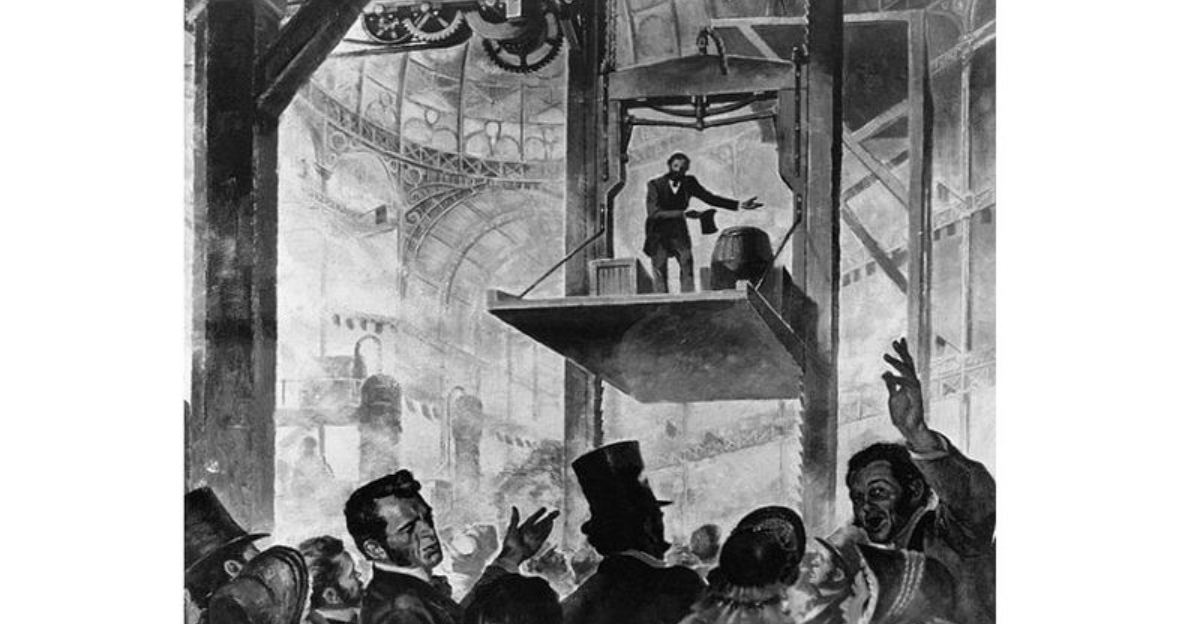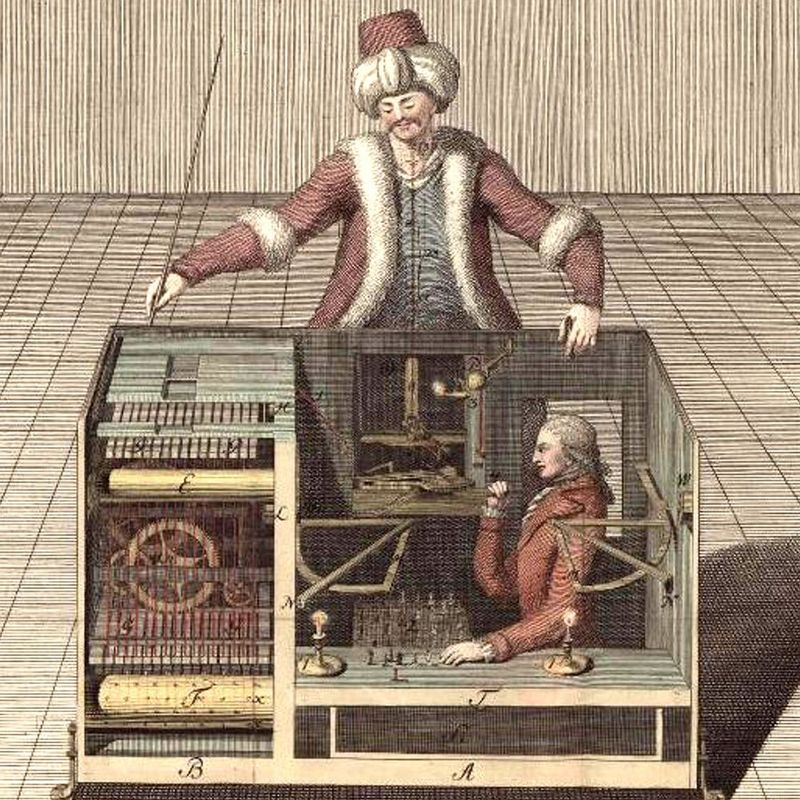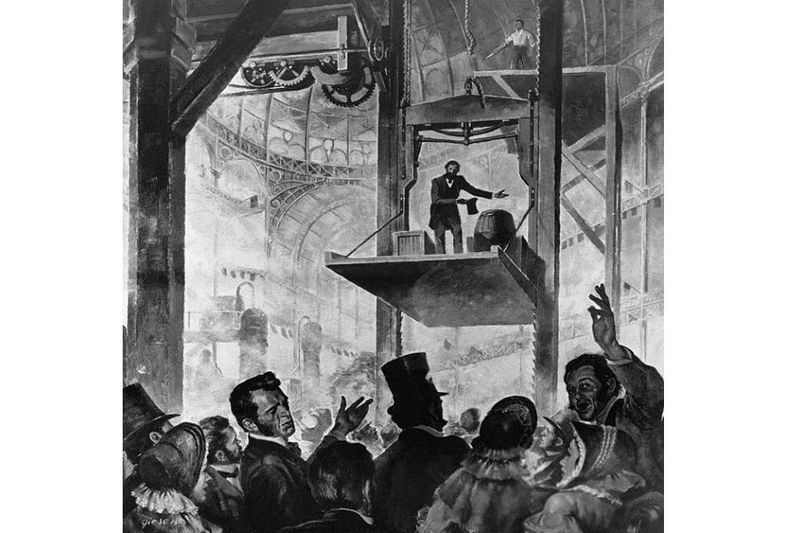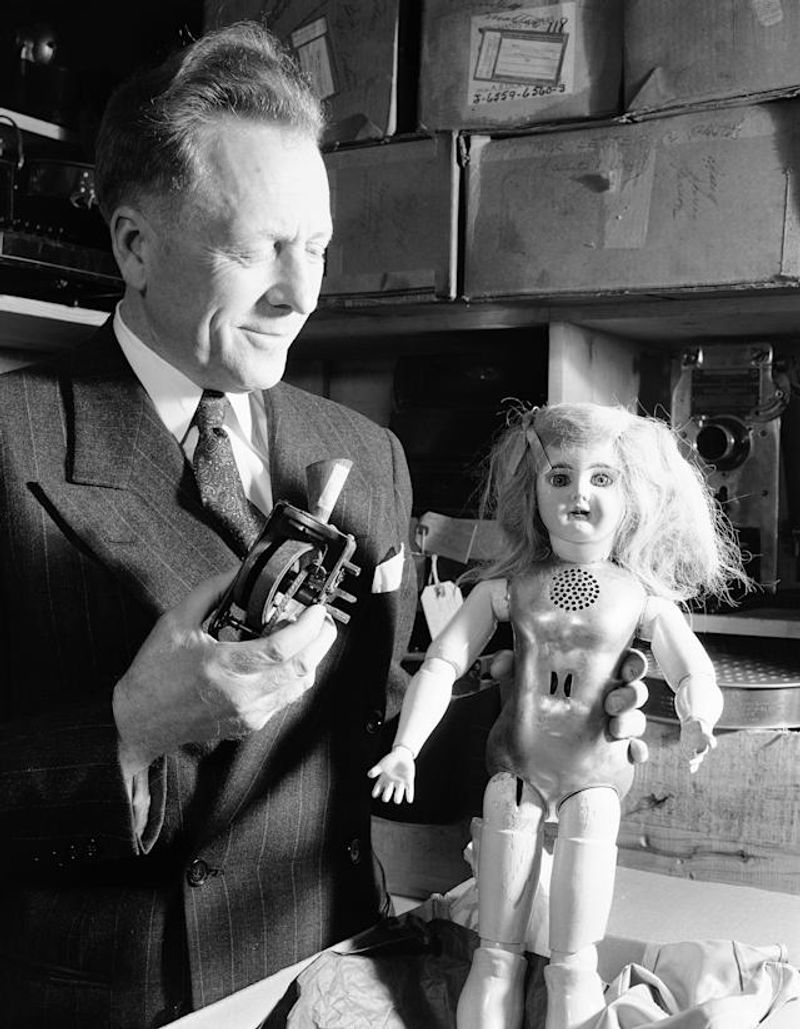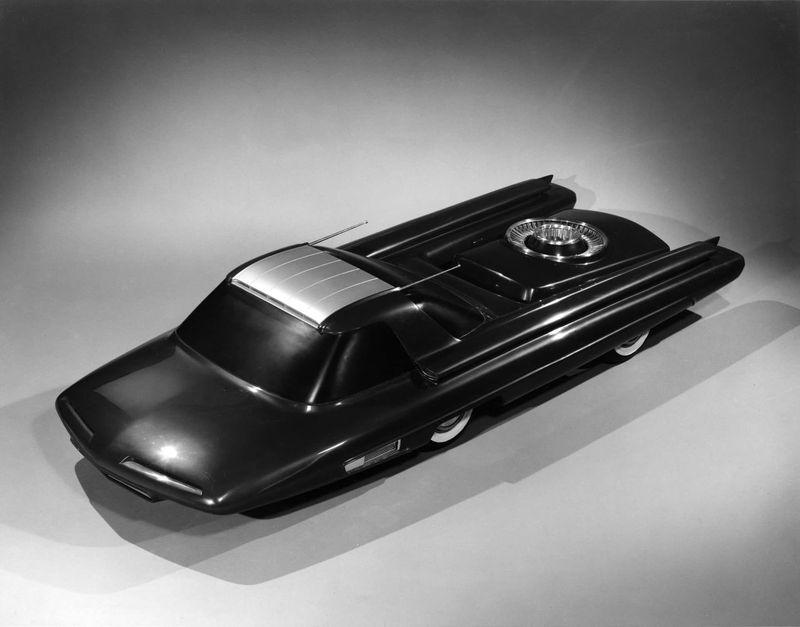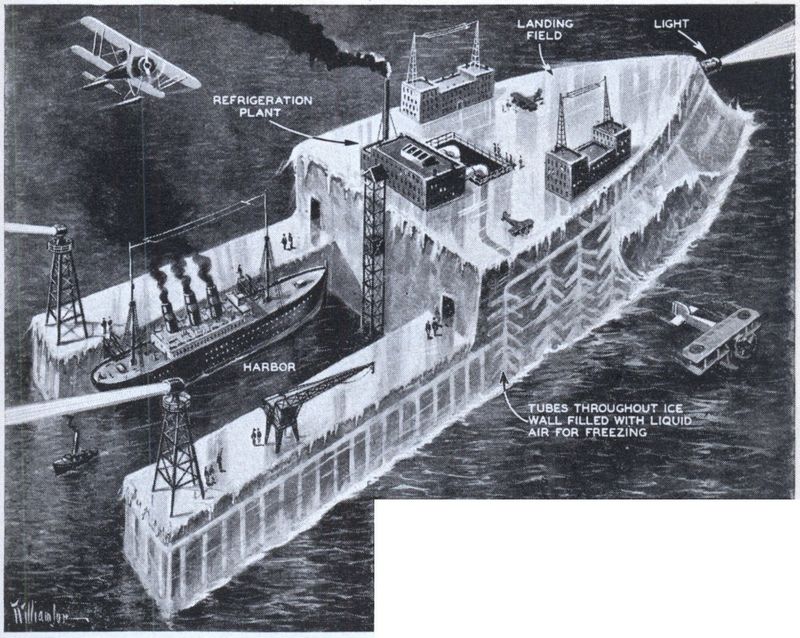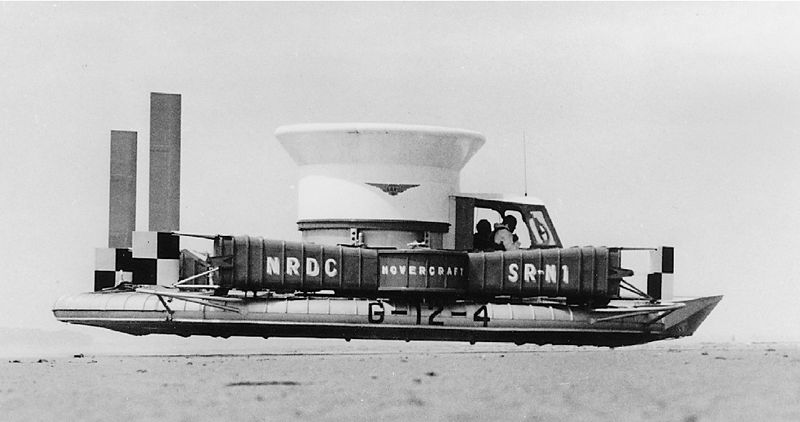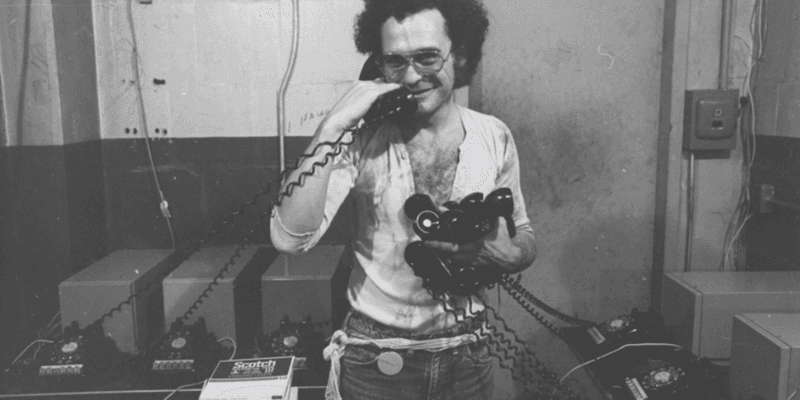Throughout history, inventive minds have crafted devices that were either marvelously ahead of their time or curiously behind. These inventions, whether they predicted the future or became obsolete quickly, showcase humanity’s boundless creativity and curiosity. From ancient mechanisms to futuristic concepts, this list explores 15 intriguing inventions that reveal the quirks and genius of their creators.
1. The Antikythera Mechanism (c. 100 BCE)
The Antikythera Mechanism, dating back to 100 BCE, was a marvel of its time. Found in a shipwreck, this intricate device could predict astronomical positions and eclipses. Its complexity was unmatched, and it remained a mystery for millennia. It’s fascinating to think about the brilliance of its creators, who were able to craft something so advanced with the technology of their time. This mysterious artifact not only reflects the ingenuity of ancient Greece but also reminds us of how much knowledge was lost and rediscovered through the ages.
2. Steam-Powered Carriage (c. 1672)
Long before cars roamed our roads, there was Ferdinand Verbiest’s steam-powered carriage. Built in 1672, this tiny vehicle moved under its own steam, a feat imagined and realized centuries ahead of its time. Although it was more of an experiment than a practical mode of transport, it set the stage for future innovations. The carriage fascinated those who saw it, yet it would take another 200 years before steam engines would power vehicles on a larger scale, revolutionizing transportation and industry forever.
3. Chappe Semaphore Telegraph (1792)
France’s landscape once dotted with towers, each waving semaphore arms to communicate messages across vast distances. In 1792, the Chappe Semaphore Telegraph was an ingenious network, relaying information at lightning speed—20 mph! It was a precursor to modern telegraphy, allowing messages to travel faster than ever before. Despite its brilliance, the invention was quickly overshadowed by electronic telegraphs, transforming how we communicate forever. This system stands as a testament to human ingenuity and the relentless pursuit of faster communication.
4. The Mechanical Turk (1770)
Step into the world of chess-playing automatons! The Mechanical Turk, built in 1770, fascinated Europe with its ability to play chess against human opponents. Little did the audience know, a human operator was hidden inside, guiding the moves. Despite this deception, the Turk sparked interest in the idea of automata and artificial intelligence. This charming yet deceptive invention highlighted human curiosity and the lengths to which inventors would go to entertain and astonish audiences across continents.
5. Otis’ Hydraulic Elevator (1853)
Imagine a time when elevators were considered perilous! Otis’ hydraulic elevator, introduced in 1853, came with a revolutionary safety brake that made ascending tall buildings safe. This invention paved the way for skyscrapers, changing urban landscapes forever. Curiously, despite its safety features, people remained wary, often choosing stairs over elevators for decades. Otis’ invention is a cornerstone of modern architecture, a reminder of the cautious embrace of new technology and the eventual acceptance that reshaped our cities.
6. The Jacquard Loom (1801)
Think of this loom as a precursor to computers! The Jacquard Loom, invented in 1801, used punched cards to control the weaving of patterns. This innovation brought programmable machinery into the textile industry, revolutionizing production. Its true genius was only recognized later, as it laid the groundwork for computer programming. The loom stands as a beautiful intersection of art and technology, where the rhythm of the machinery created not just textiles but a future for programmable devices.
7. Edison’s Talking Doll (1890s)
In the 1890s, Thomas Edison introduced talking dolls, a novel idea where tiny phonographs inside the dolls recited nursery rhymes. Despite the excitement, these dolls were fragile and noisy, leading to their quick withdrawal from the market. Their brief existence highlights the challenges of marrying technology with toys. These dolls, though a commercial failure, offered a glimpse into the future of interactive toys and the ever-evolving landscape of childhood entertainment.
8. Hero’s Steam Engine (c. 1st Century CE)
Picture a spinning toy powered by steam! Hero’s steam engine, or aeolipile, from the 1st century CE, was a fascinating piece of engineering. Despite its potential, it was viewed as a mere curiosity. Its spinning motion, driven by steam, didn’t lead to industrial applications for nearly 1,800 years. This ancient invention shows how sometimes, the seeds of technological advancement are planted long before they grow into their full potential.
9. The Kinetoscope (1891)
Edison’s Kinetoscope, introduced in 1891, was a glimpse into the future of entertainment. It allowed individuals to view films through a peephole, offering a novel experience. However, as projection systems emerged, the Kinetoscope quickly became obsolete. This invention marked the beginning of cinema and the transition from solitary film viewing to shared cinematic experiences. Its legacy is a reminder of the ever-evolving nature of technology and the fleeting nature of some innovations.
10. Automated Poultry Plucker (1915)
In 1915, the automated poultry plucker revolutionized poultry processing. This machine, with rubber fingers, could remove feathers in seconds. Yet, its high cost and size made it impractical for small farms at the time. It wasn’t until later that this invention found its place in larger operations. This quirky contraption illustrates how advancements in technology often take time to catch on, especially when practicality and cost are at odds. Today, similar machines are a staple in poultry processing worldwide.
11. The Ford Nucleon (1958 Concept)
Imagine driving a nuclear-powered car! The Ford Nucleon, a 1958 concept, was a visionary idea predicting future energy concerns. Though it was never built, the concept captivated imaginations with its promise of driving hundreds of miles on a single charge. It highlighted a future where cars could be powered by something other than gasoline. This visionary concept speaks to the endless pursuit of innovation, even when practicality is out of reach, and the dream of finding sustainable energy solutions.
12. Pykrete Warship (1942 Proposal)
During World War II, the Pykrete warship was proposed as an unsinkable vessel made of ice reinforced with wood pulp. This ingenious concept was practical only in freezing temperatures, and it ultimately fell by the wayside as wartime necessities shifted. The idea was both bizarre and brilliant, reflecting the creativity and desperation of wartime innovation. Although the Pykrete warship never sailed, it remains a testament to human ingenuity in the face of adversity and the search for unconventional solutions.
13. The Hovership (Early 1900s)
In the early 1900s, the concept of a hovercraft was born. These early models used air cushioning to glide over surfaces, a revolutionary idea at the time. Commercial hovercrafts wouldn’t become a reality until the 1950s. This early concept shows how technological imagination can precede practical application by decades. The hovership embodies the innovative spirit that pushes the boundaries of what’s possible, eventually leading to new modes of transportation that defy conventional limitations.
14. Futuro House (Late 1960s)
The Futuro House, with its UFO-like design, emerged in the late 1960s as a futuristic prefab home. Made of fiberglass, it was both quirky and costly, preventing widespread adoption. Yet, its unique design has made it a coveted mid-century novelty for collectors. This architectural curiosity reflects the optimism and creativity of its era, capturing imaginations with its otherworldly appearance. Today, it stands as a symbol of the bold and visionary thinking that characterized the space age.
15. Dial‑A‑Song Phone Services (1970s)
In the 1970s, Dial-A-Song services allowed subscribers to call in and listen to pre-recorded tunes. This innovative service foreshadowed the on-demand streaming we enjoy today. As technology evolved, these services vanished, replaced by more efficient means of accessing music. Dial-A-Song represents a charming step in the evolution of music consumption, highlighting our perennial desire for convenience and instant access. It serves as a nostalgic reminder of how far we’ve come in the digital age.
